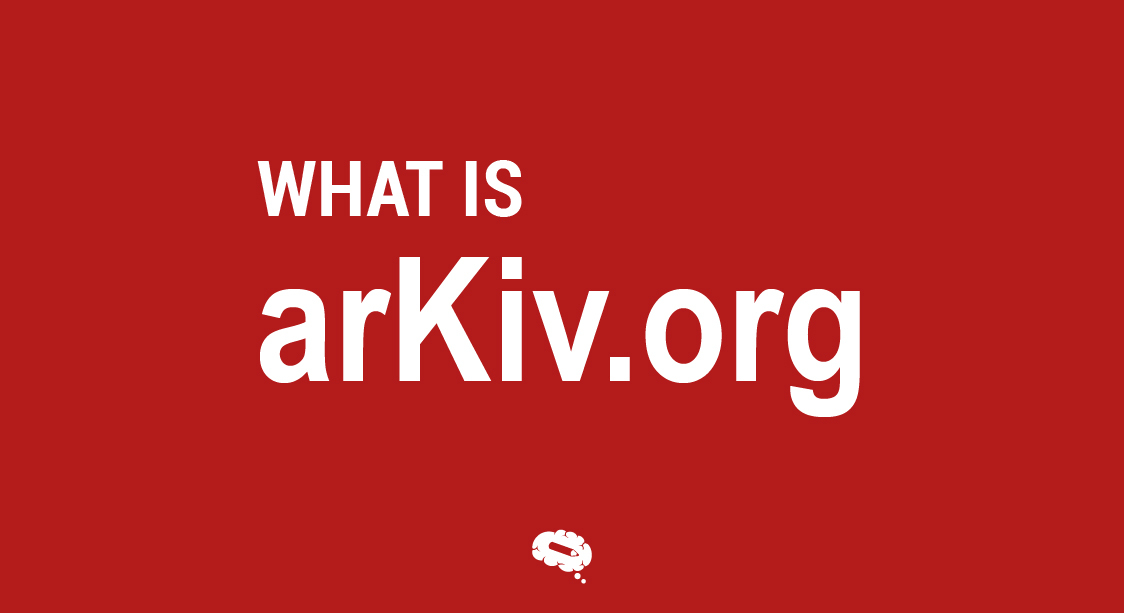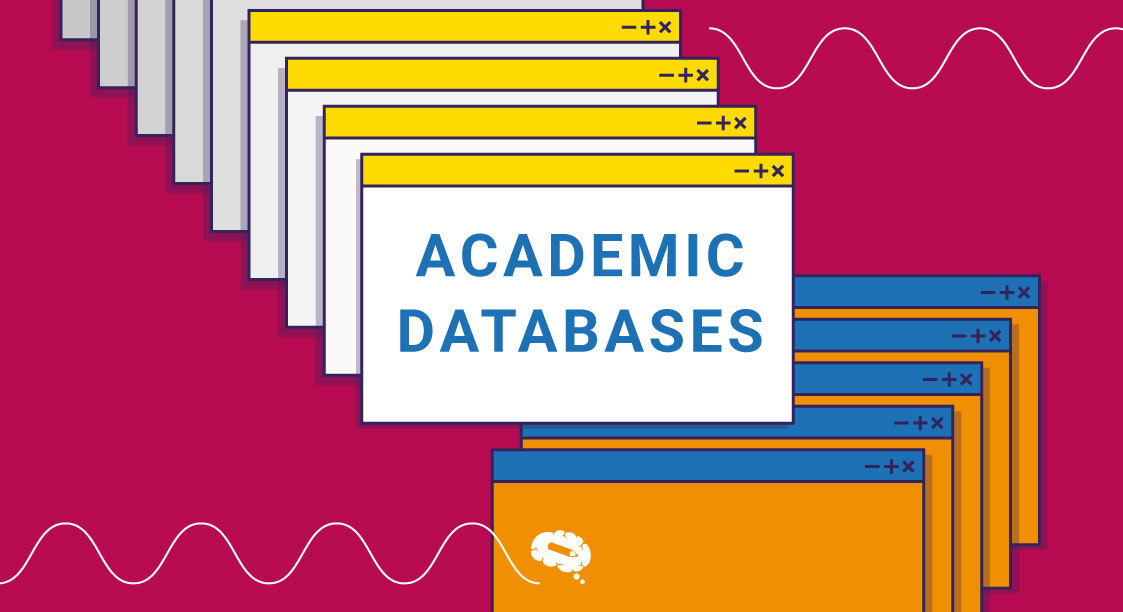One can measure the amount of success that a celebrity achieved based on his/her films or fans, similarly one can measure the good deeds done by a government through its people and for each job profile we can measure their achievements through some metrics. One such metric for measuring the influence of a person on an academic area is what we call academic influence. It is very important as it can boost the confidence of academic scholars who are doing research and also motivate them to explore various domains and achieve supremacy in their field.
In this article, we will explore the various measures of academic influence, from citation counts to altmetrics, and assess their strengths and limitations. We will examine the ways in which these measures are used by researchers, publishers, and academic institutions to evaluate the impact of research and to make decisions about funding, promotion, and tenure.
What is an Academic Influence?
The impact that a person or a group creates on the academic community through their work is referred to as academic influence. Citation counts, peer review ratings, and awards won for contributions to a particular field of study can all be used to measure this.
Academic influence is typically viewed as an indicator of the caliber and significance of a person’s contributions to their field and has a significant impact on how research is conducted. High-profile academicians frequently have a significant impact on the advancement of their field, and their work may continue to have impact years after it has been published.
How Academic Influence is Quantified?
Academic influence is typically quantified using a variety of metrics that are designed to measure an individual or group’s impact on the academic community. Some of the most common metrics used to quantify academic influence include:
1. Citation Counts:
The number of times that a researcher’s work has been cited by other researchers in their published works is known as the citation count, and it serves as an indicator of the academics’ influence and impact in their field. Citation counts are frequently employed as a metric to assess the value and significance of an academic’s work.
Numerous resources, including academic databases like Web of Science, Scopus, and Google Scholar, can be used to determine the number of citations. These databases enable researchers to keep track of the number of times their work has been referenced by other researchers and to locate the publications and authors who have done so. Citation counts are frequently used as an essential metric in academic evaluation, involving grant applications, tenure, and promotion.
Based on the typical number of citations that academic journals’ articles receive, they are also used to evaluate the value and impact of those journals.
Related Article: Why Citation is Important: Different styles and examples
2. H-index
The h-index is a metric for evaluating the impact and influence of a researcher’s body of work that takes into account both the number of publications and the frequency of citations. Jorge Hirsch, a physicist, initially proposed it as a substitute for straightforward citation counts in 2005.
To determine the h-index, one must first list all of the publications the individual has written, and then order those publications in accordance with the total number of citations they have received. The highest number ‘n’ shows that the person has ‘n’ publications that have been cited at least ‘n’ times and it is considered the h-index.
For example, a researcher with a h-index of 10 has written 10 papers, each of which has received at least 10 citations. Since it considers both the quantity and quality of an individual’s research output, the h-index is regarded as a useful indicator of their impact and influence.
3. Journal Impact Factor
A metric used to assess the relative significance and influence of academic journals is the journal impact factor (JIF). The average number of citations per article published in a journal over a specific time period, usually two years, is the statistic that is used to calculate it. It was created by the publishing company Thomson Reuters (now Clarivate Analytics).
The JIF is calculated by dividing the total number of articles published by a journal over a two-year period by the number of citations to articles published in that journal in a given year during that same two-year period.
For instance, a journal’s JIF would be 10 if 100 articles were published in the previous two years and 1,000 citations were made during that time.
The JIF is widely used by researchers, publishers, and academic institutions as a measure of the quality and prestige of academic journals.
Journals with higher impact factors are seen as having greater influence and importance within their field, and articles published in high-impact journals are often viewed as more valuable and impactful than those published in lower-impact journals.
Related Article: Research Journal Impact factor: A Complete Guide and Benchmarking
4. AltMetrics
A set of metrics called altmetrics, or alternative metrics, aims to assess the influence and impact of research output in addition to more conventional academic metrics like citation counts and journal impact factors.
Altmetrics, which considers a wider range of sources, including social media, blogs, news outlets, and policy documents, can offer a more thorough and nuanced view of the impact and reach of research.
The number of times an article has been downloaded or viewed, tweeted about, blogged about, or discussed on social media is an example of the various types of online attention and engagement with research output that are measured by altmetrics.
They also consider the backgrounds and identities of those who participate in the research, such as whether they are academics, journalists, decision-makers, or members of the public.
Altmetrics are generated by a range of tools and platforms, such as Altmetric.com and PlumX Metrics, which track and aggregate online mentions of research output. These tools use algorithms to generate scores that reflect the level of attention and engagement with a particular research output.
Related Article: Altmetric: The ultimate guide to enhancing your research visibility
5. Peer review evaluations
Peer review evaluations are another way of quantifying academic influence. Experts in a particular field evaluate an individual’s work to determine its quality and significance. Positive peer review evaluations can increase an individual’s visibility and recognition within their field.
Related Article: What is a peer-reviewed article and where can we find it?
Gaps of Academic Influence
Academic influence can be a useful indicator of a person’s influence within the academic community, but it also has some flaws and restrictions. The following are some of the major gaps in academic influence:
Bias and Inequality
Academic influence is frequently subjected to bias and inequality, which can limit the visibility and acknowledgment of particular people or groups. Bias can exist based on factors like race, gender, and institutional affiliation, and it can affect how well someone is acknowledged for their contributions to their field.
Narrow focus
Metrics used to measure academic influence, such as citation counts and impact factors, often prioritize research in certain fields or subfields, leading to a narrow focus and potentially overlooking important work in other areas.
Limited scope
An individual’s influence on society or policy may not be fully captured by academic influence metrics, which often only measure impact within academic communities.
Overemphasis on quantity over quality
Metrics such as citation counts can reward individuals who publish frequently, rather than those who produce high-quality, impactful research.
Limited to certain types of research
Metrics used to measure academic influence are frequently geared towards conventional research methods like journal articles and books, which may overlook contributions made through unconventional research methods like community-based research and artistic practices.
While academic influence can be a useful metric for assessing an individual’s impact on the academic community, it is important to be aware of its limitations and to take a variety of factors into account when doing so.
Overall, academic influence is a key factor in determining an individual’s reputation and impact within their field. Highly influential academics are often sought after as collaborators, mentors, and leaders, and their work can have a lasting impact on the academic community for many years to come.
Add visual impact to your posters with scientific illustrations
Every research paper should have scientific illustrations to enhance readability and ensure it is understandable to the right audience. But as a scientist, it’s difficult to find the right visual that aligns with the concept of your research paper or the poster. Mind the Graph comes with a solution to help the scientists explore its visual library and enhance the impact of your posters, research papers, and articles.

Subscribe to our newsletter
Exclusive high quality content about effective visual
communication in science.





